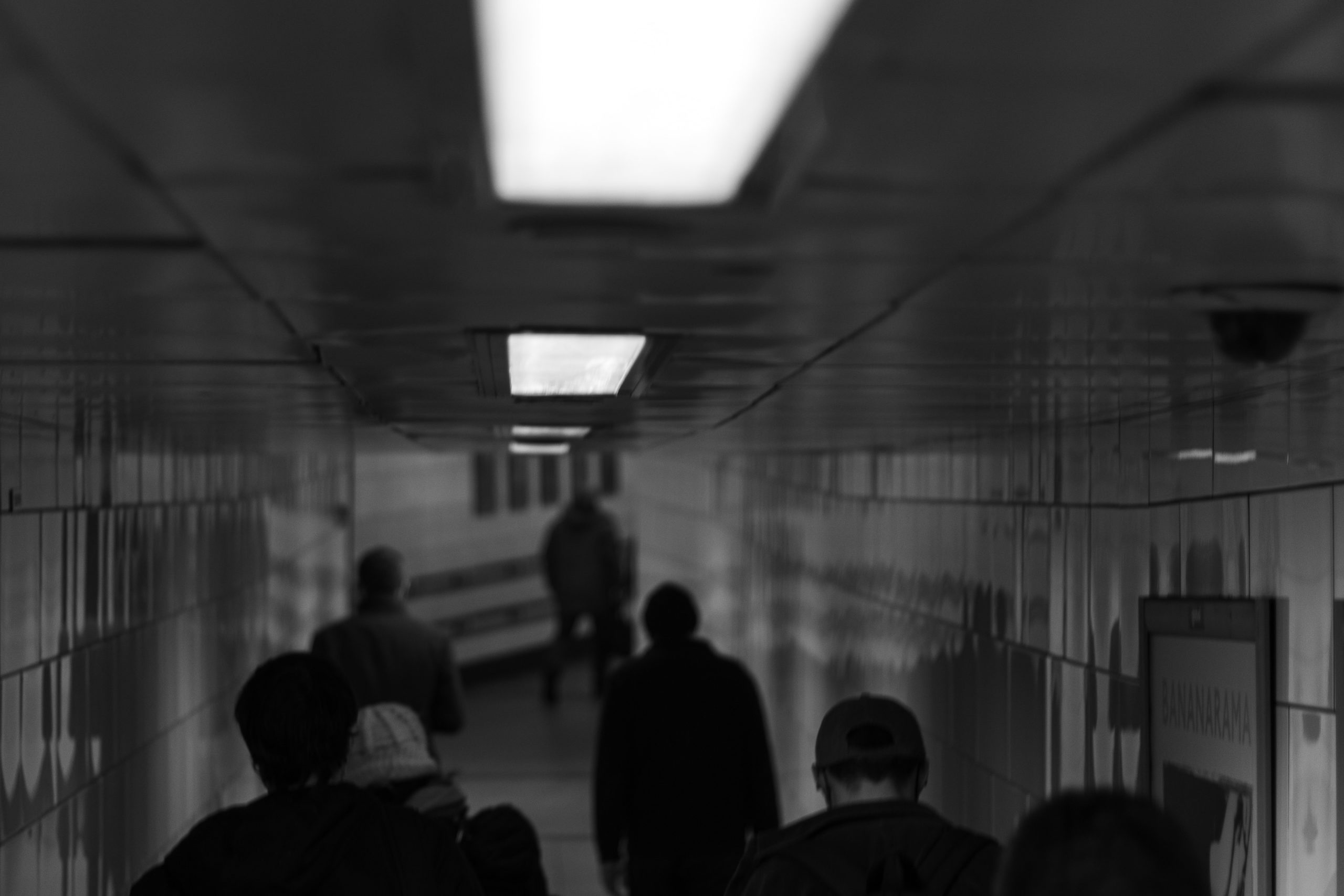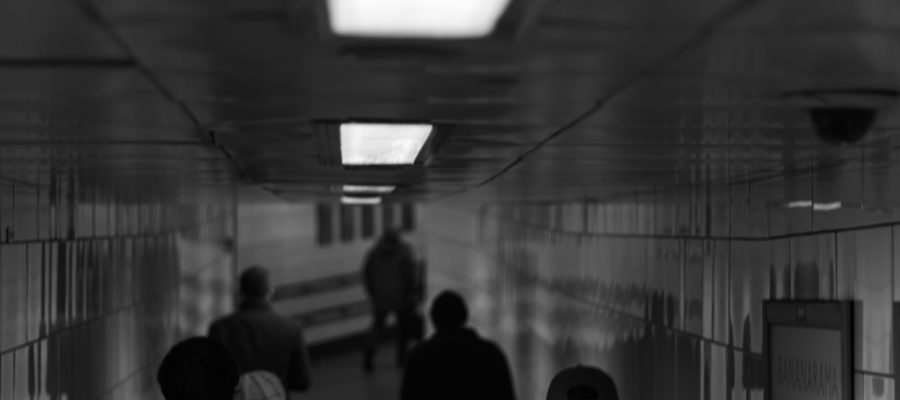Mountford Chambers delivers a nationwide and international service to clients, who are assured quality advice, advocacy and representation at all levels.
Mountford Chambers delivers a nationwide and international service to clients, who are assured quality advice, advocacy and representation at all levels.
News & Insights

Silas Lee, pupil barrister, reviews the statutory regime on witness anonymity.
Anonymous witness orders are most commonly sought by the prosecution in cases involving undercover police officers. There are outliers however, cases of complexity that call for closer attention, particularly those involving allegations or fears of witness intimidation.
There is however always the potential for the use of anonymous witness evidence to infringe on a defendant’s right to a fair trial. Despite this, the relevant legislation, (originally passed under the Criminal Evidence (Witness Anonymity) Act 2008 and subsequently enacted in the Coroners and Justice Act 2009 (“CJA”)), received the bare minimum of legislative scrutiny in both Houses.
In this article I review the relevant law and highlight some of the key areas of contention that may arise when responding to such an application for witness anonymity.
a) The history
The decision in R v Davis [2008] UKHL 36, led to the introduction of the statutory regime for witness anonymity orders. In that case, the Crown relied on the identification evidence of three witnesses, without which they could not proceed. All three witnesses indicated that they felt intimidated to such an extent that, without their identities being protected, they would not give evidence at trial. These concerns were investigated and considered to be legitimate. The trial judge ordered that, in the interests of justice, their identities would be concealed from the defendants. This decision was upheld in the Court of Appeal.
The House of Lords, overturning that decision, found that, in the words of Lord Bingham, “By a series of small steps … the courts have arrived at a position which is irreconcilable with long-standing principle”.
Prior to this decision, developments in the common law regarding the anonymity of witnesses in criminal trials had been complex and inconsistent. Lord Bingham found that the well-established general principle is that, para 5, “Subject to certain exceptions and statutory qualifications, the defendant in a criminal trial should be confronted by his accusers in order that he may cross-examine them and challenge their evidence”.
Unanimously, the Lords found that any further changes in the law in this respect should be decided upon by Parliament. Their decision was handed down on 18 June 2008.
Just over a month later, the Criminal Evidence (Witness Anonymity) Act 2008 received Royal Assent after quickly passing through both Houses with the express purpose of securing those trials that had been thrown into question by the ruling in Davis. The Act represented an urgent change to the rules and procedure on witness anonymity.
At the same time a review by the CPS, cited by Jack Straw (then Secretary of State for Justice and Lord Chancellor) in the House of Commons found that there were approximately 580 live cases involving witness anonymity. Half of these were prior to conviction and they broke down as follows:
Despite the measures in the 2008 Act ostensibly being temporary and having been subject to minimal parliamentary scrutiny, they were adopted almost unchanged in the CJA 2009 which came into force on 1 January 2010.
b) The current law
Relevant sources of law and guidance:
86(2) CJA 2009 sets out the measures which can be ordered by a court:
None of these measures can be allowed to interfere with the judge and jury seeing and hearing the witness (s. 86(4)).
As Lord Judge CJ stated in Mayers [2008] EWCA Crim 2989, “an anonymity order should be regarded as the special measure of last practicable resort”. Whether all, or only some of the measures listed above are truly required in any given case will rest on its particular facts. Careful consideration should be given to each in turn and only those that are necessary ought to be ordered.
88 CJA 2009 sets out the three conditions, A-C that must be satisfied for the court to make an order. Mayersconfirmed that this is not a matter of probability: the court must be satisfied to the criminal standard that the conditions are met (para 37).
The conditions:
The conditions are as follows:
Condition A: that the order is necessary to protect the safety of a witness, serious damage to property or real harm to the public interest.
Condition B: that the order must be consistent with the defendant’s right to a fair trial.
Condition C: the importance of the witness’s testimony is such that in the interests of justice the witness ought to testify and in addition, the witness would not testify if the proposed order were not made or there would be real harm to the public interest if the witness were to testify without the proposed order being made.
“Necessity” is defined in the statute and can refer only to measures necessary to protect the safety of a witness or another person, to prevent serious damage to property (s. 88(3)(a)) or to prevent “real harm to the public interest, affecting any activities or safety of persons involved in them” (s. 88(3)(b)).
The court must have particular regard to any reasonable fear on the part of the witness as to the above (s. 88(6)). Naturally then, it is for the Court to determine, on considering the evidence, whether such a fear is reasonable in all the circumstances. Mere reluctance to give evidence is not sufficient.
In cases involving an undercover officer “the court would normally be entitled to follow the unequivocal assertion by an undercover police officer that without an anonymity order he would not be prepared testify” (Mayers, para 30). Such cases tend not to be controversial. The use of protective measures was commonplace long before the introduction of the relevant legislation and the new law did not interfere with this.
c) Challenging an application for anonymity
The Court cannot make a witness anonymity order unless each party has had an opportunity to make representations (CPR r18.18 (2)).
89 CJA 2009 sets out a number of considerations to which the court must have regard when deciding whether the above conditions (A-C) are met. In summary, these are:
The above factors highlight the importance of having a detailed understanding of the defence case prior to contesting any application by the Crown for witness anonymity. Understanding what questions the Defence anticipates asking the witness at trial and an explanation as to how an anonymity order would prevent them from doing so is likely to be persuasive in this context.
Where anonymous evidence is the sole or decisive evidence against a defendant, s. 89 only requires the Court to have regard to this as a factor amongst a host of others.
In Davis, which preceded the legislation, conflicting views were offered on whether anonymous evidence should be allowed where it is the sole or decisive evidence against a defendant. The extent to which the admission of such evidence might infringe a Defendant’s Article 6 rights has been considered extensively, for example in Al-Khawaja and Tahery v UK (2012) 54 EHRR 23 (807) and Ellis v UK (2012) 55 EHRR SE3 (8). Where such evidence is poorly corroborated or its reliability cannot properly be examined, a challenge to an application for anonymity may be successful.
The Court of Appeal has ruled inadmissible anonymous hearsay evidence (see Ford [2010] EWCA Crim 2250 and Fox [2010] EWCA Crim 1280), following the decision in Mayers.
d) Procedure
The duties of the applicant and/or prosecutor are stringent. They must provide written representations describing, inter alia, their reasons for the applying for the order, how it fits within the statutory regime and why other special measures will not suffice (see CPR r18.19 and the Attorney General’s Guidelines).
Defence counsel will not know the identity of the witness on whose behalf the Crown have applied for anonymity, nor will their identity be revealed to them in any such hearing. Generally, the Crown will make its application in the presence of the Defence, omitting identifying details, to which the Defence can respond. Then, once both parties have made submissions, the Crown can make further, representations identifying the witness in the absence of the Defence (CPR r18.19).
Representations should be served on the court and the parties no more than 14 days after service of the application and should indicate if a hearing is requested CPR r18.21).
In multi-handed trials, there can arise a situation in which one defendant knows or suspects the identity of a witness for whom anonymity is sought (or the defendant themselves may be applying for anonymity for a Defence witness) and wishes to make representations. They cannot identify the witness in representations that are served on the other defendants or make submissions that would do so in the presence of the other defendants. Redactions should be made to written representations with appropriate explanation (CPR r18.21).
As per Mayers, a Prosecutor’s duties of disclosure in cases involving anonymous witnesses “go much further than the ordinary duties of disclosure”. The Defence must rely on this heightened duty of disclosure when considering whether and how to resist an application for witness anonymity. Any evidence that goes to the witness’ credibility or the reliability of their evidence is especially sensitive in such cases.
e) Final thoughts
The key question when considering the use of anonymous evidence is whether the defendant receives a fair trial.
The Court may apply the statutory regime correctly and may determine that granting the application is in the interests of justice but this does not preclude an Article 6 issue from arising (see Al-Khawaja v United Kingdom [2009] 1 WLUK 266).
It is entirely possible that, while an issue did not arise at the application stage, it nevertheless arises in the course of the trial. The application for an anonymous witness order rests on a complex set of interrelating conditions and a host of matters that outlined above. If evidence relied upon by the applicant is not ultimately adduced at trial or is adduced in such a way as not to corroborate the anonymous evidence in the way that was anticipated in the application, a subsequent challenge may be warranted. What may have appeared fair at an early stage may no longer be so as the trial progresses.
Anonymous witness evidence can therefore present as an issue at almost any stage of proceedings. The statutory regime principally governs the making of the order itself but it is paramount that practitioners are alive to fluctuations and changes at trial and to keep under review the need for variation of the order if the landscape changes. Doing so may have a significant impact on the trial or any subsequent appeal.
Silas Lee is a first six pupil at Carmelite Chambers currently under the supervision of Houzla Rawat. He is looking forward to accepting his own instructions from April 2021. He was the winner of the Blackstone’s National Criminal Advocacy Competition and is a Lincoln’s Inn Scholar. Prior to pupillage, Silas worked on the Infected Blood Inquiry and for Nottingham City Council in their response to the Independent Inquiry into Child Sexual Abuse.

Tom Edwards looks at the impact of the shift from Joint Enterprise to Common Purpose in the five years since…

Ben Hargreaves explores the inherent challenges in the admissibility of sexual history in sex cases. Section 41 of the Youth…

An analysis of the law on fitness to plead and stand trial in the magistrates’ courts: Silas Lee reviews the…

Silas Lee, pupil barrister, reviews the statutory regime on witness anonymity. Anonymous witness orders are most commonly sought by the…